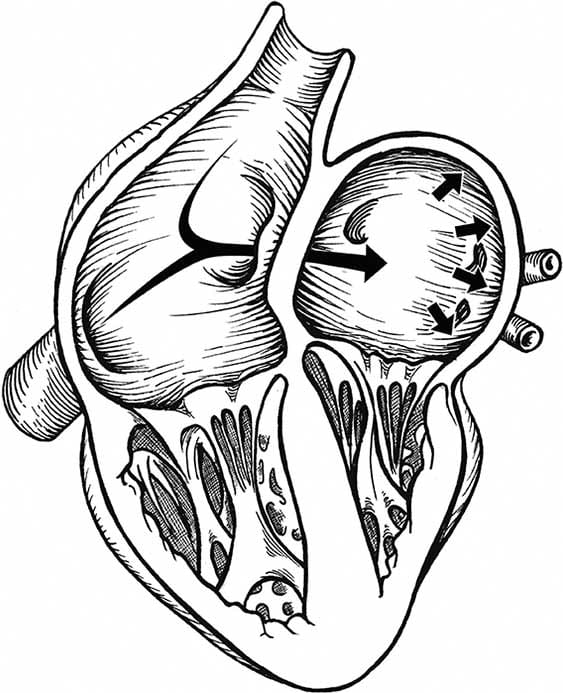
Expert Care for Patent Foramen Ovale
The specialists at University Hospitals Harrington Heart & Vascular Institute are dedicated to providing the best care for patients with patent foramen ovale. Through close monitoring and unique skill in the latest treatment options, we help patients with patent foramen ovale reduce their risk of stroke.
Make an Appointment
Call 216-844-3800
Find a Heart Valve DoctorWhat is Patent Foramen Ovale?
A foramen ovale is a small hole in the heart that naturally exists during normal heart development. Shortly after birth, the foramen ovale closes in most individuals. If it does not close, the hole is referred to as a patent foramen ovale or PFO.
While the condition affects approximately 25 percent of Americans, many are unaware they are living with a PFO. Importantly, PFO can be associated with stroke, especially in young individuals who have little to no other stroke risk factors.

In a normal heart, the foramen ovale has closed, separating the right atrium from the left atrium.

In a heart with a PFO, blood leaks from the right atrium into the left atrium, then out to the body.
Diagnosing PFO
To detect PFO, our heart specialists use advanced diagnostic tests such as:
- Echocardiogram (Echo): An echo is an ultrasound of the heart which evaluates blood flow across the heart valves and chambers.
- Transesophageal echo (TEE): In a TEE, a small echo probe is placed in the esophagus to reveal a clearer image of the defect than with conventional echo.
- “Bubble” study: A bubble study is performed during an echo or TEE. It involves filling an IV with agitated saline to determine if tiny bubbles pass from one side of the heart to the other. Passage of such bubbles is diagnostic for a PFO.
Why Choose University Hospitals?
UH Harrington Heart & Vascular Institute specialists work as a team, providing the full range of treatment options for PFO with world-class outcomes.
Our procedural success rate with PFO closure is 100 percent.
Treatment Options for PFO
If you have been diagnosed with PFO but do not have any history of stroke or transient ischemic attack (TIA), you will most likely not require treatment. However, if treatment is required, our heart specialists may recommend:
- Medications prescribed to thin the blood to prevent blood clots and recurrent stroke
- Additional blood work, cardiac monitoring and evaluation by a team of our dedicated specialists
- PFO closure, particularly if you’ve had a prior stroke or TIA
PFO closure is performed with a minimally invasive approach under conscious sedation (“twilight anesthesia”). A long, flexible narrow tube called a catheter is inserted into the femoral vein in the leg and threaded through the vein to the heart. This small catheter is used to deliver a special device that closes the hole.
The advanced technique performed at UH results in less blood loss, less pain and a faster recovery than open heart surgery. The procedure is completed within minutes and patients are discharged home on the same day.
Make an Appointment
Call 216-844-3800


